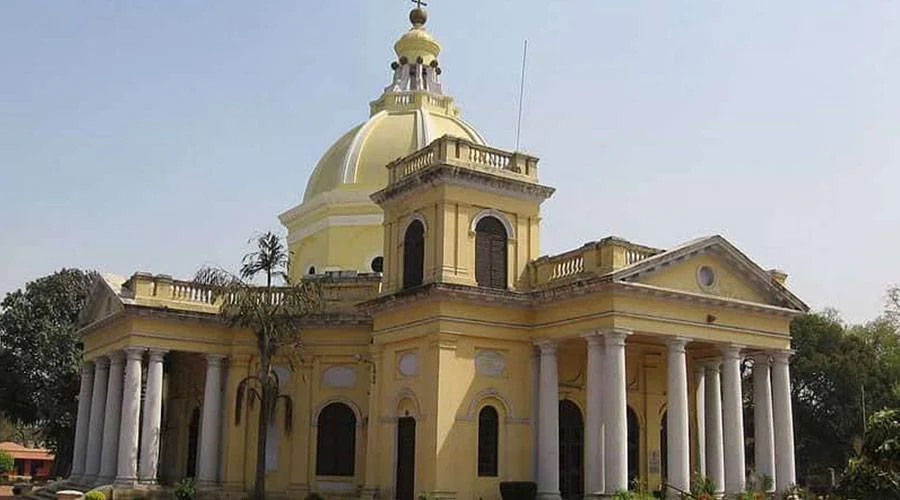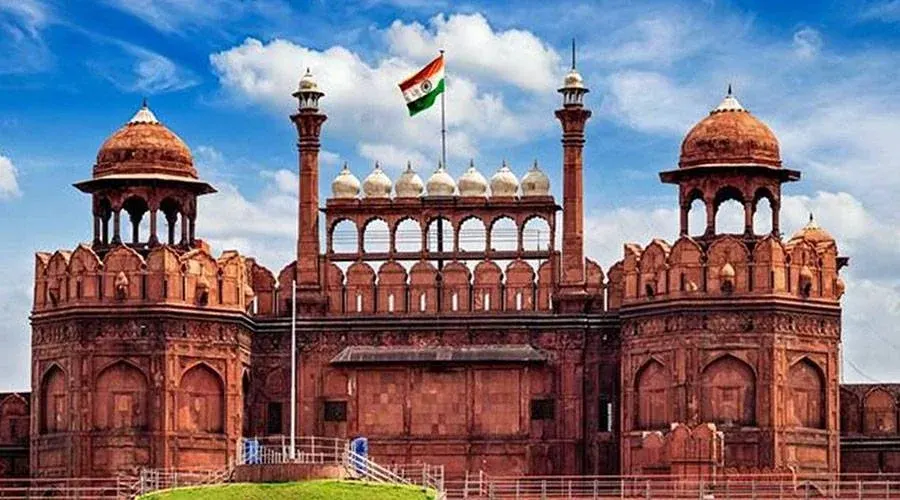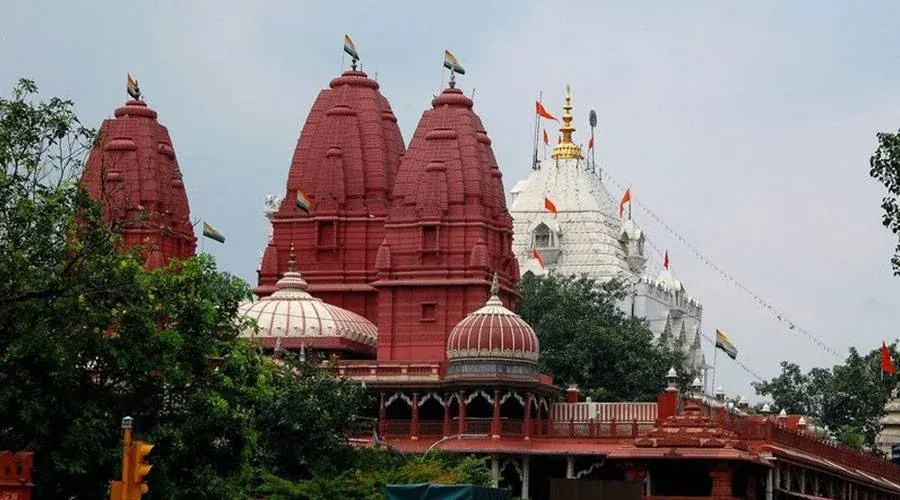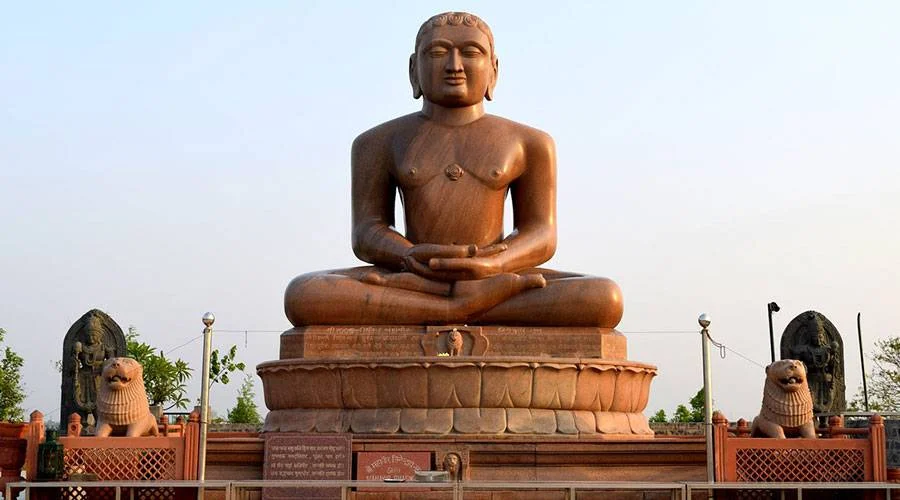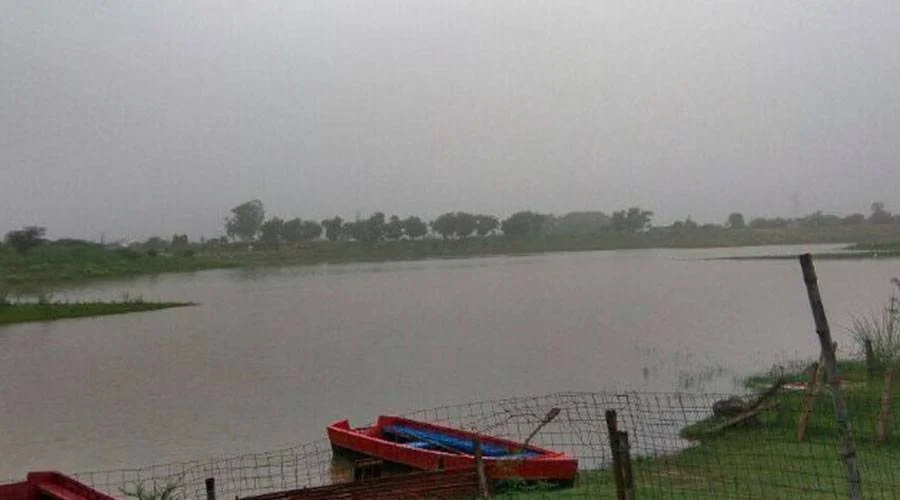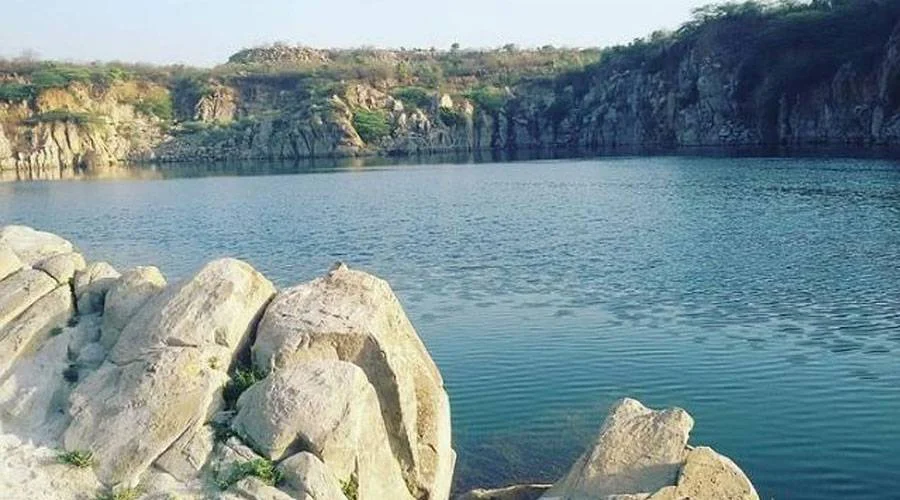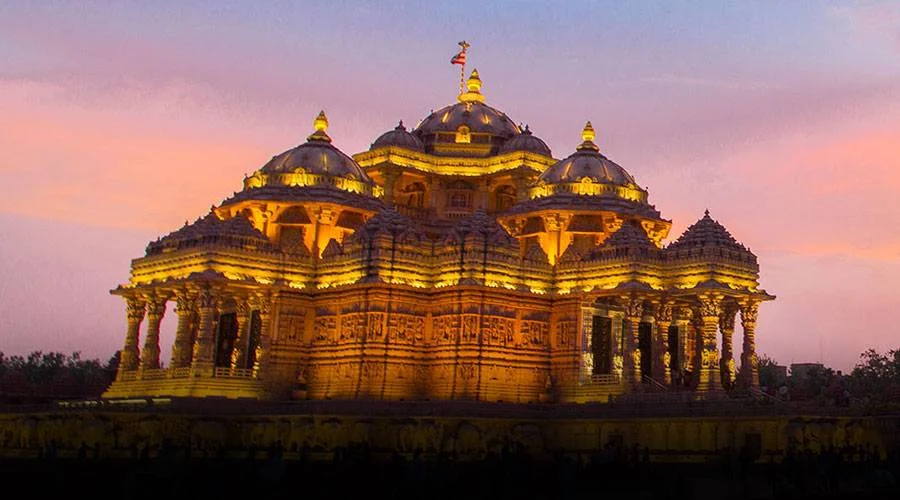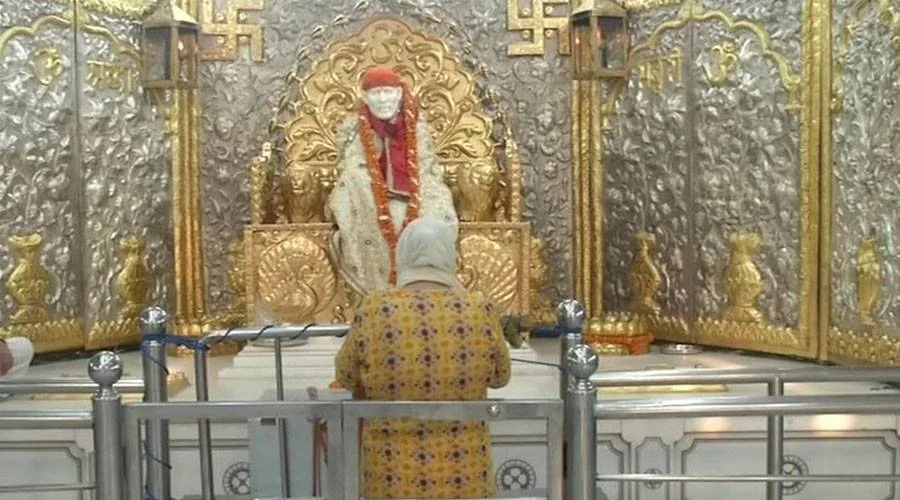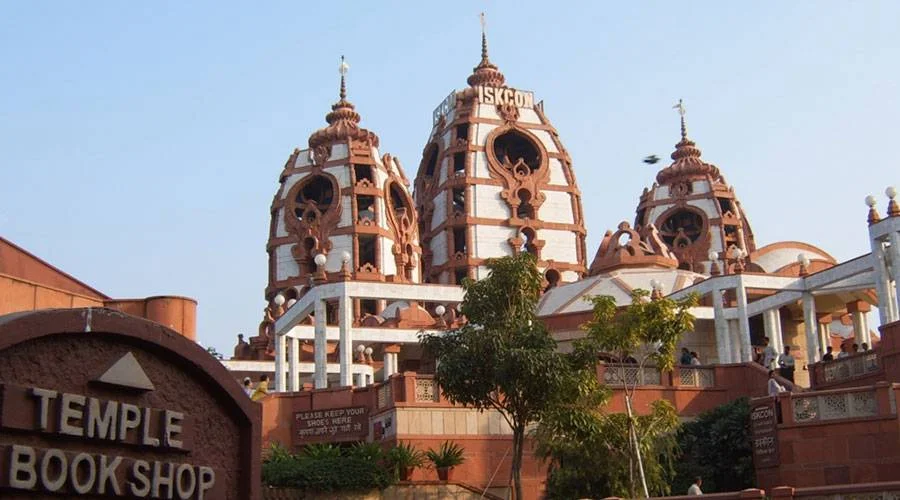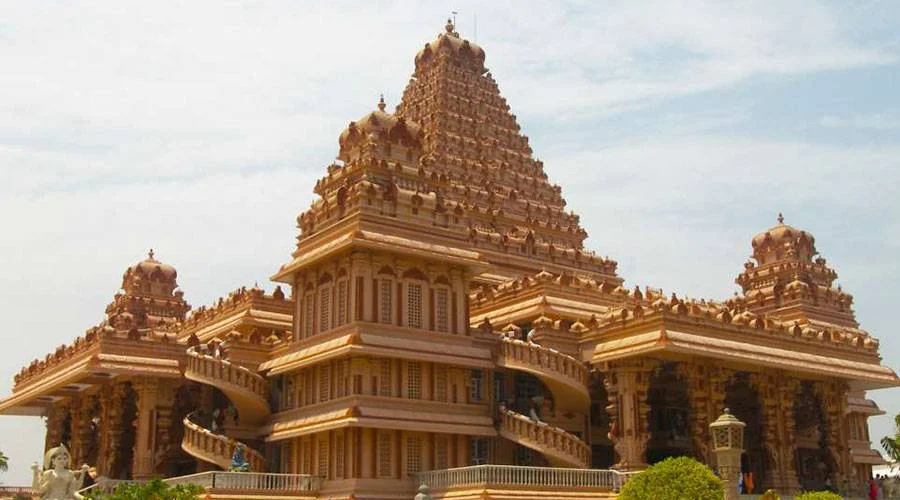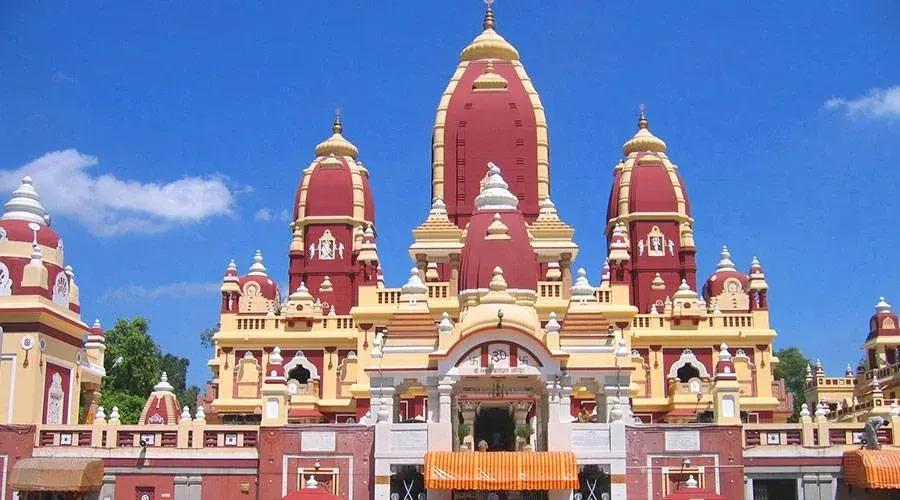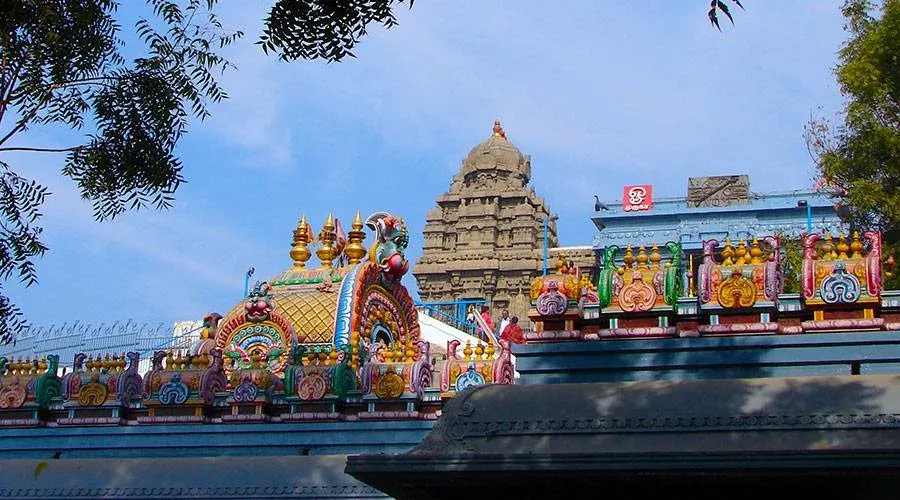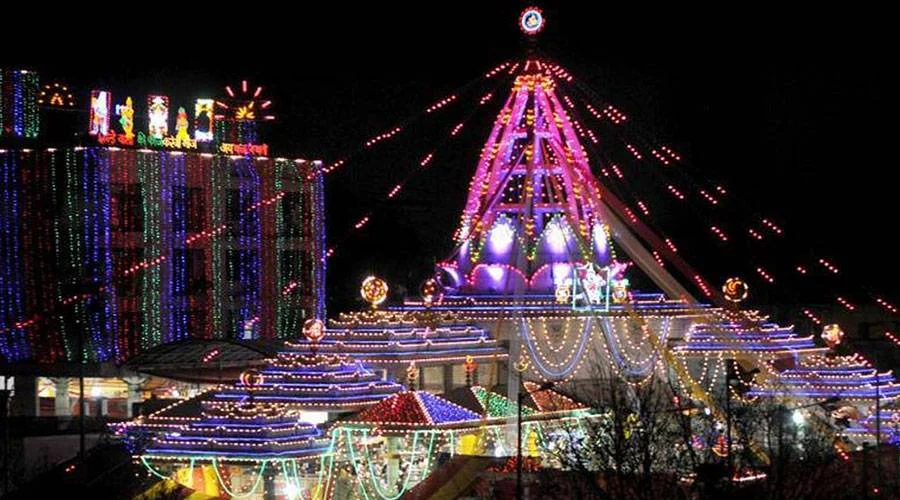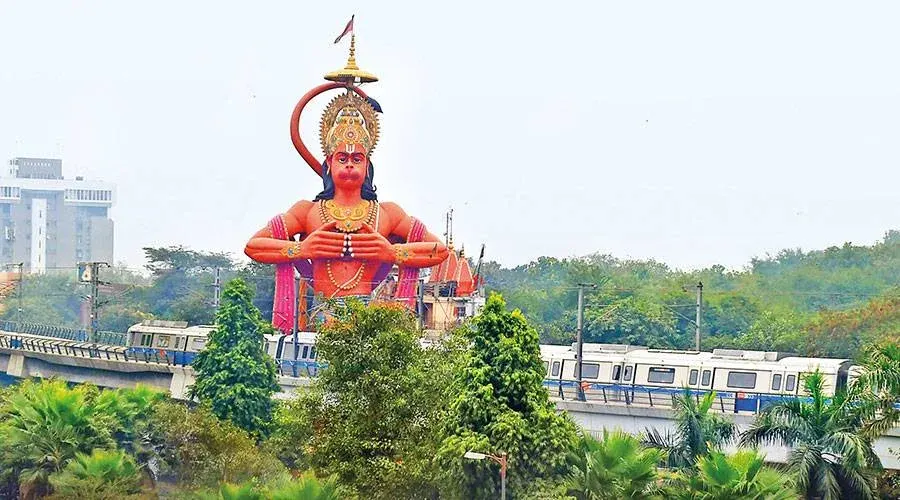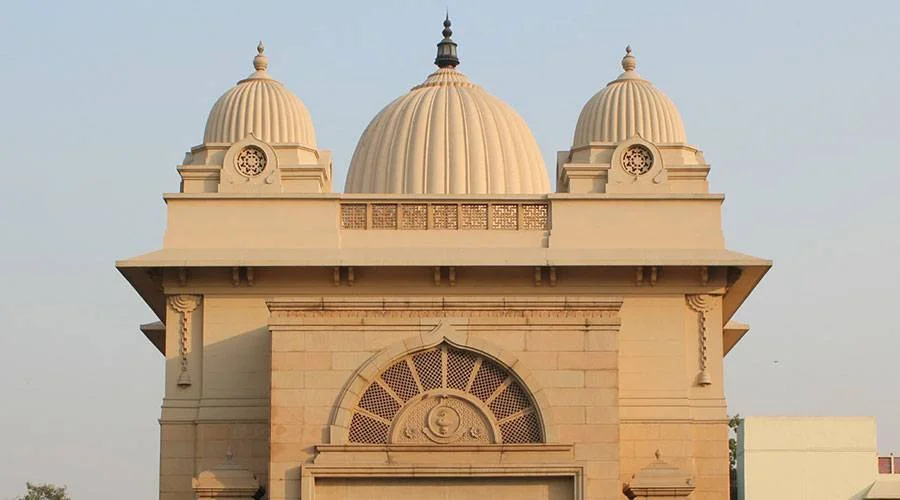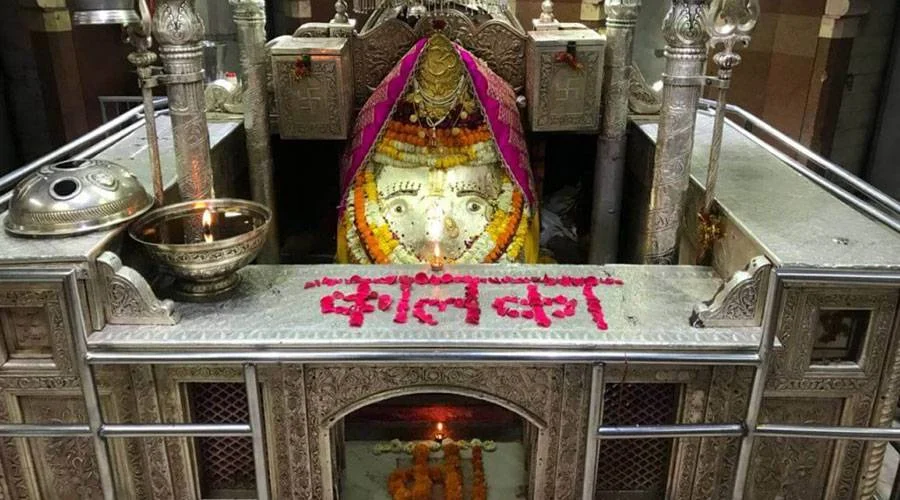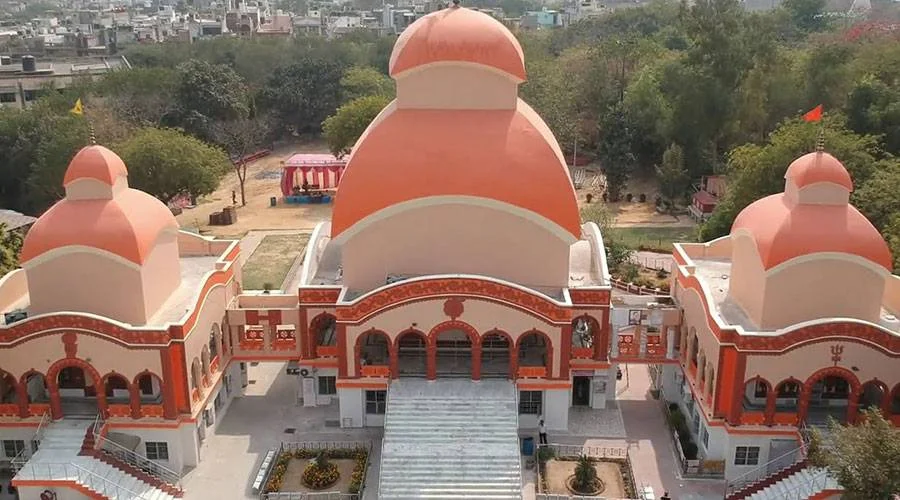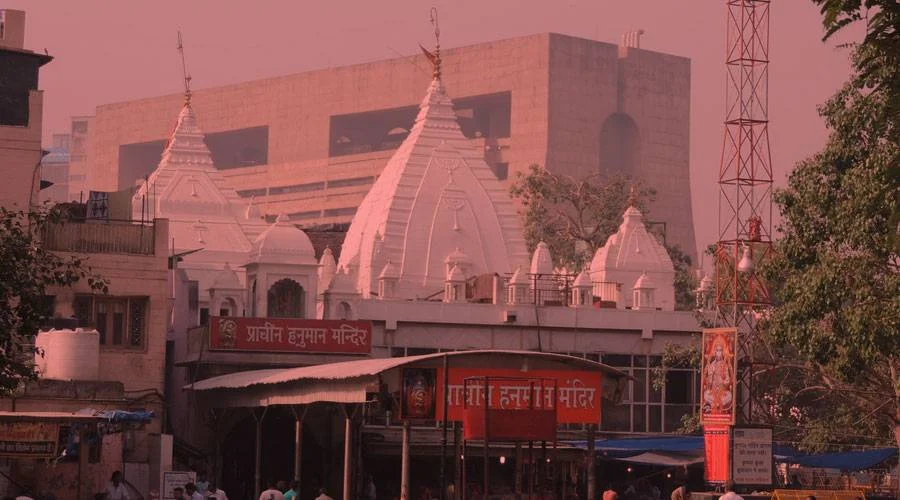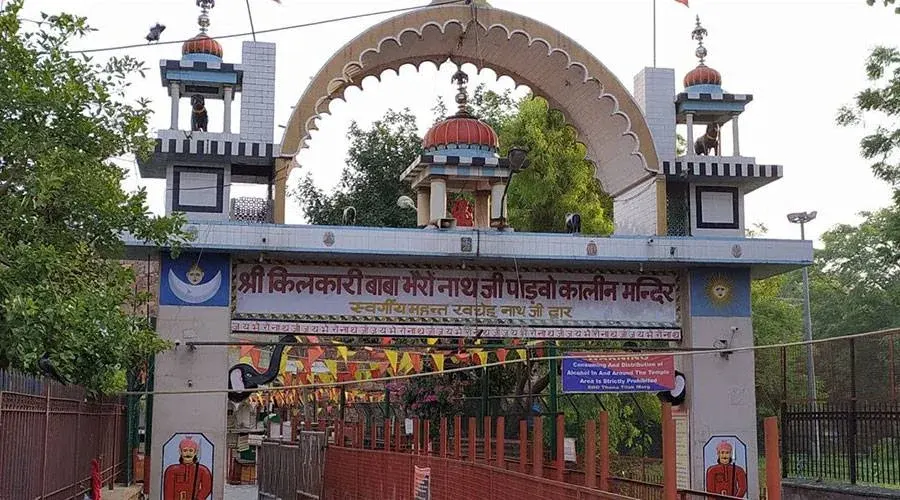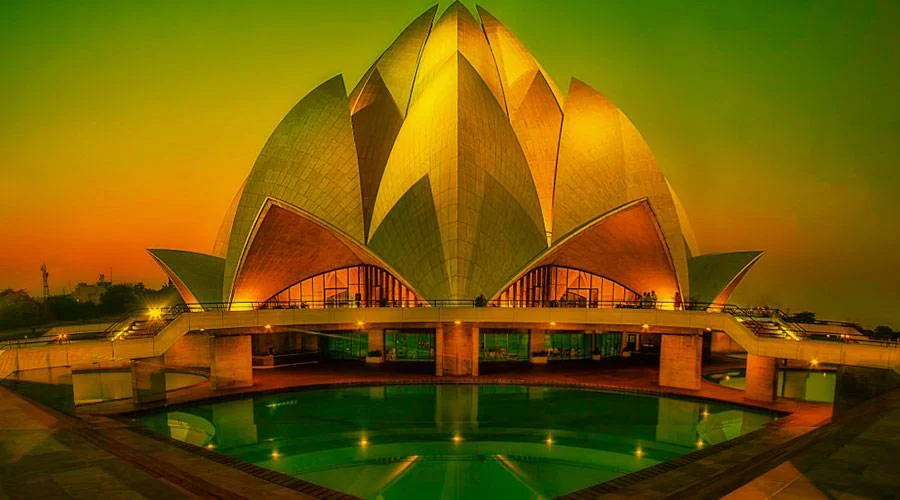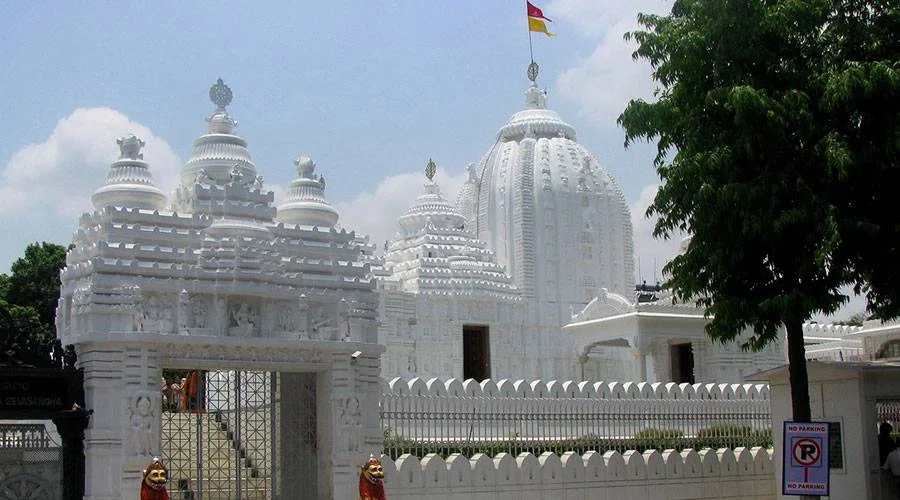St. James Church, Delhi
Being the first Christian shrine to be built in the capital city of India, St. James’ Church is one of the oldest churches in Delhi that date back to the 19th century. Even after locating near one of the most teeming places in Delhi, Kashmiri Gate, the church boasts a serene and spiritual surrounding that attracts a large number of people from every region. Initially, St. James church was known as the Skinner’s Church who was the founder of this revered shrine. For devotees, the church proffers a perfect ambiance to indulge in deep prayer or to meditate for a while. Although normal, the church does not receive a large gathering of devotees, however, many tourists still visit the place every day. Unlike the other days, Sundays are always thronged with pilgrims, mainly the members of the Church. Other than this, the festivals which are celebrated at the church with so much ardor and devotion are Christmas, Palm Sunday, and Easter. Amongst these, Christmas marks the significant footfall of both tourists and devotees at this religious place in Delhi.
For children, St. James’ Church also organizes Sunday school which aims to connect them with religious education. The school also imparts them Biblical knowledge along with Christian values. Coming onto the history of this place, there is a beautiful story associated with the construction of this pristine church.
History
St James’ Church lies in the north-eastern part of the old Mughal city of Shahjahanabad or Old Delhi (Delhi -6) as it is known nowadays. This area is popularly called Kashmiri Gate, after the doubled arched gate in this part of the city wall. The gate was so named because it lay to the north, facing the province of Kashmir. During the Mughal period, this area was occupied by the mansions of the highest nobility of the empire, including the palace of Dara Shikoh, the favorite son and heir of the emperor, Shahjahan. It also contained the mansion of Ali Mardan Khan, a high noble at the Mughal court. These mansions were set within large gardens, and therefore this area was quite open and green compared to the more densely built-up areas in the rest of the city.
The importance of this area continued when the British East India Company gained control of the city in the early 19th century. The old Mughal mansions were occupied by high British officials, who modified them by adding colonial aesthetics and extensions. Apart from the homes and offices of British officialdom and the Indian elite, the Kashmiri Gate area also became the site of the Law Courts, the first western-style college in the city, the church, and an early British cemetery. Therefore, this area became a focus of administrative power as well as of social change. From the late 19th century, government functions began to move out of this area, to the Civil Lines, and later to New Delhi in the second quarter of the 20th century. Nevertheless, it continued to be a desirable place to live, a commercial center, as well as an educational hub, with the establishment of the St Stephen’s College and Hindu College in the late 19th century.
Architecture
St. James Church was built by James Skinner at his own expense. However, the architectural design of the church is given by Major Robert Smith. Built on a cruciform plan, the church boasts a basic Renaissance Revival architectural design with three porticoes entrances, a central dome in an octagon shape and circular space under it, and stained glass windows placed above the altar. The church’s building also includes a cross on the top and a copper ball, which are believed to be the exact replication of that of a church in Venice. However, during the 1857 revolt, both the copper ball and the cross got damaged which later was replaced. The church complex also has lawns that have a capacity of accommodating around 1200 people at a time. The lawns are also used for marriage, thanksgiving, anniversary, baptism, birthday, and confirmation. Whereas, the Parish Hall also hosts various functions and can accommodate up to 100 people.

